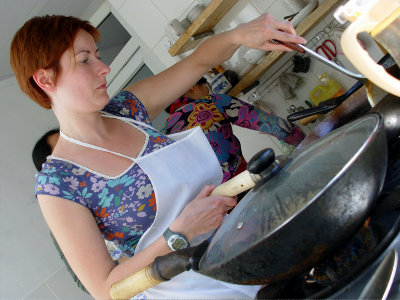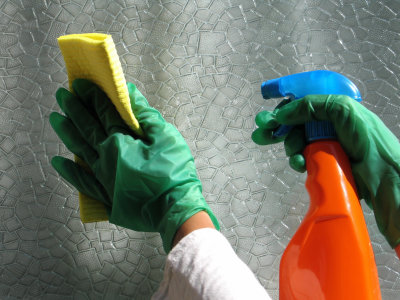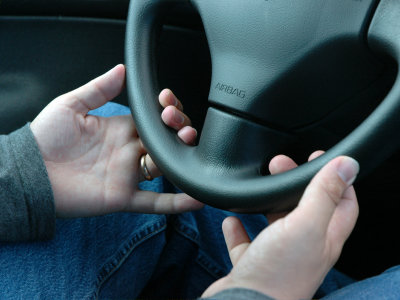11 things that you may not know are breeding grounds for bacteria, such as kitchen sponges and toothbrushes

When you hear 'places around us that are contaminated by bacteria,' you might imagine toilets or the soles of your shoes, but bacteria can actually grow even in places that appear clean at first glance.
From tea towels to TV remotes: eight everyday bacterial hotspots – and how to clean them
https://theconversation.com/from-tea-towels-to-tv-remotes-eight-everyday-bacterial-hotspots-and-how-to-clean-them-260784
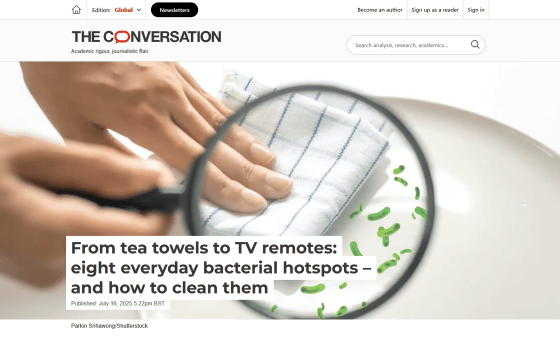
◆Shopping cart handle
Shopping cart handles are touched by dozens of people every day, but are rarely disinfected. A US survey found that more than 70% of shopping carts were contaminated with coliform bacteria , and another survey found bacteria such as Klebsiella pneumoniae , Cytorobacter freundii , and Pseudomonas that cause respiratory infections. To protect yourself from these bacteria, Mohammed recommends disinfecting the cart handle before use.
Kitchen sponge
Kitchen sponges are some of the dirtiest household items. They're porous, moist, and often come into contact with food, making them the perfect environment for bacteria to grow. A 2011 study (PDF file) showed that sponges can harbor millions of bacteria, including coliform bacteria, in just two weeks.
To prevent bacterial contamination of sponges, it is important to disinfect them once a week by heating them in the microwave, soaking them in vinegar, or washing them in the dishwasher. If they still smell bad after washing, they should be replaced. It is also effective to use different sponges for different purposes, such as one for washing dishes and another for washing ingredients.
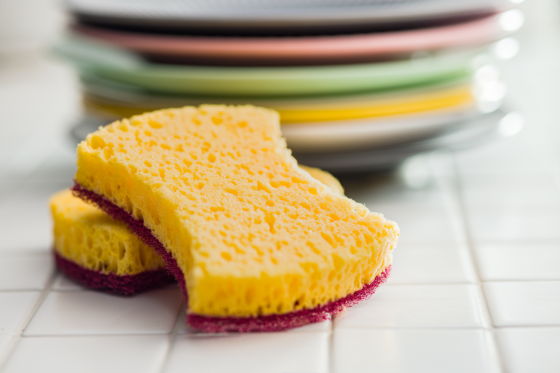
◆Chopping board
Bacteria can migrate to cutting boards through knife cuts, and
Kitchen towels
Many people use cloth towels to dry their hands after washing dishes or to wipe off dirt, but these towels may not be replaced for a long time. Salmonella and E. coli can live on dry cloth for a long time, so to prevent them from multiplying, it is recommended to wash them regularly with hot water containing bleach or disinfectant, or use disposable paper towels.
◆ Smartphone
Many modern people don't let go of their smartphones even in the bathroom or bath, but the warmth of the smartphone body and frequent handling are also favorable for the growth of bacteria. Some research has shown that harmful Staphylococcus aureus and other bacteria grow on smartphones, so Mohammed says, 'Don't use your smartphone in the bathroom, and wash your hands frequently. Then, wash it with a lightly damp microfiber cloth and mild detergent.'
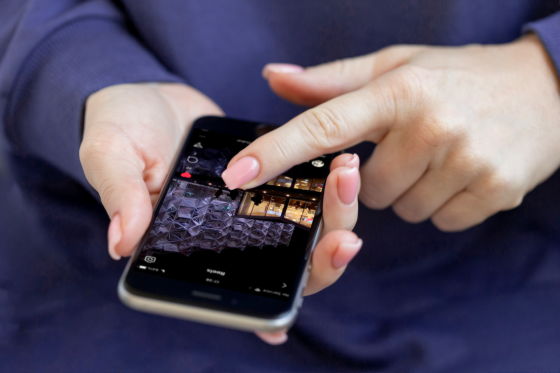
A toothbrush placed near the toilet
Flushing the toilet sends out tiny droplets that can land on a nearby toothbrush. One
'Store your toothbrush as far away from the toilet as possible. Rinse it after each use, let it air dry upright and replace it every three months or sooner,' advised Mohammed.
◆Bath mat
Fabric bath mats absorb water every time you take a bath or shower, creating an environment that is conducive to the growth of bacteria and fungi. Therefore, it is safer to hang your bath mat to dry after each use and wash it in hot water once a week. Diatomaceous earth mats also dry quickly, removing residual moisture, which is said to help prevent the growth of microorganisms.
◆Towels and toys for pets
Pet towels and toys remain wet for long periods of time and are frequently exposed to pet saliva, hair, urine, and outdoor bacteria, making them a breeding ground for bacteria. The Centers for Disease Control and Prevention (CDC) also points out that pet toys may harbor E. coli, Staphylococcus aureus, Pseudomonas aeruginosa, and other bacteria . Therefore, it is important to disinfect these pet products weekly with hot water and pet-safe detergent and then dry them.
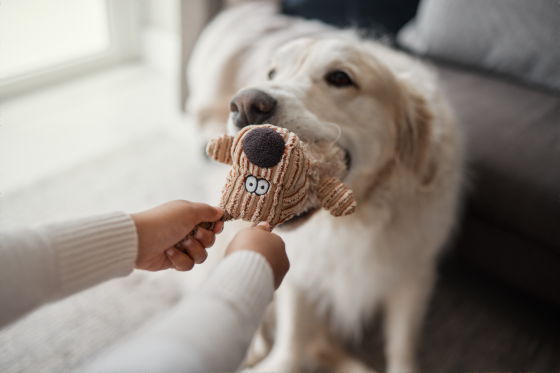
◆ Shared nail clippers and beauty tools
Beauty tools like nail clippers and cuticle pushers can spread antibiotic-resistant bacteria and Pseudomonas aeruginosa if not properly cleaned. Mohammed said, 'Bring your own tools to the salon or ask the salon how they disinfect them. Reputable salons will be happy to explain their hygiene practices.'
◆ Airport security check tray
At airport security checkpoints, luggage is checked on trays that are rarely cleaned, even though hundreds of people use them every day. A 2018 study (PDF file) found that these trays harbor high concentrations of bacteria, including E. coli, so it's safe to wash or sanitize your hands after security.
◆Hotel TV remote control
Hotel TV remote controls are often touched by many people but are rarely disinfected, so they may be dirtier than toilet seats. For this reason, it is recommended that you wipe both sides of the remote control with a disinfectant wipe or place it in a clear plastic bag and use it on top of that.
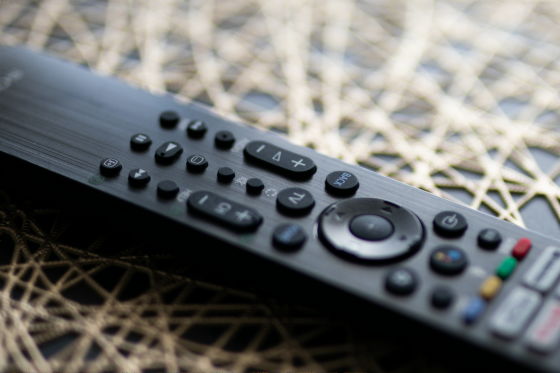
'Germs are everywhere, on the surfaces you use every day. You can't avoid all germs and most won't make you sick, but you can help protect yourself and others by adopting good habits like washing your hands, cleaning thoroughly and practising good storage practices,' Mohammed said.
Related Posts:
in Free Member, Science, Posted by log1h_ik
